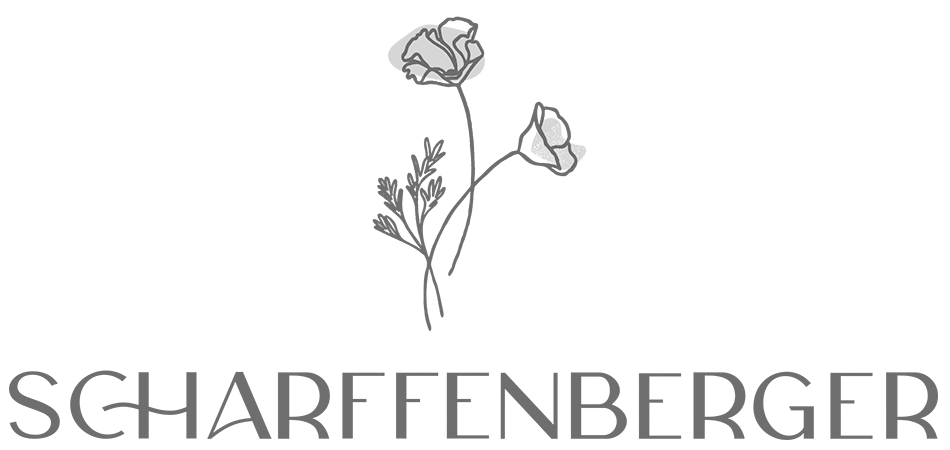Scharffenberger Cellars Brut Excellence
Mendocino County, California, United States
Vintage:Non-Vintage (Current)
Tech Sheet Download Download PDF with Scores Download PDF without Scores

- D
- JD
- JS
- W&S
- WE
- VFTC
- WS
Reviews
Jeb Dunnuck 93 Points
Winemaker Jeffrey Jinda uses a solera-like system of fractional blending to make the NV Brut Excellence, typically adding 12 percent of reserve wine to his non-vintage blends, this one a combination of 60% Chardonnay and 40% Pinot Noir. A portion of the reserve wine is used again in the dosage after disgorgement. Given 24 months on the lees, it shows an impressive depth of texture and balanced richness, with lovely notes of creme caramel and brioche. It should age well over the next 5-8 years. Dosage is 8.5 grams per liter.
View From the Cellar 90 Points
The current release of the Scharffenberger non-vintage “Brut Excellence” is from the base year of 2021 and was composed from its customary cépages of sixty percent chardonnay and forty percent pinot noir. It offers up a bright and classy bouquet of apple, nectarine, dried flowers, bread dough, a lovely base of soil and a nice topnote of smokiness. On the palate the wine is crisp, fullbodied, focused and complex, with a lovely core of fruit, good mineral undertow, frothy mousse and a long, crisp and very nicely balanced finish. This is really quite stylish. 2025-2040.
Decanter 93 Points
There is a richness to this wine, with creamy lemon and almond pastry cream. Tart, piquant notes of sea spray brine and white pepper. Known as the Black Label, it's a late disgorged wine; the base comes from 2015 but was disgorged in 2018. It is a rich and powerful wine with a touch of milk chocolate. Creamy and sweet.
JamesSuckling.com 92 Points
A solid core of fruit with apple, strawberry and hints of iron and salt on both the nose and palate. Full yet not too much with a lively mouthfeel and fine tannins. Tensioned and plenty of flavor.
Wine & Spirits 91 Points
This is clean and crisp with rich undertones of brioche and lemon custard. It offers a balance of the soft and the lively, a refreshing sparkling wine to kick off a dinner party.
Wine Enthusiast 91 Points
A well-rounded, supple texture surrounds attractive toast and nut flavors in this suave and mouthfilling wine. Notes of biscuit, peach and toasted bread give it a nice sense of maturity and complexity.
Wine Spectator 90 Points, Smart Buys
Vibrant and steely, with lemon, apple, creamy and toasted spice flavors, leading to a spirited finish. Drink now.
Overview
The history of Scharffenberger Cellars begins in 1981 in the heart of Mendocino’s Anderson Valley. Situated only miles from the coastal influences of the Pacific Ocean, Scharffenberger Cellars also enjoys the deep soils and sunshine with in the protected valley. Originally founded by John Scharffenberger, the winery entered a new chapter as a member of the Roederer Collection in 2004. Today, winemaker Jeffrey Jindra continues to craft without compromise delicious sparkling wines that showcase the unparalleled uniqueness of Mendocino County terroir.
Sustainability is at the heart of every decision. The winery's commitment to preserving and nourishing the land runs deep and has been a guiding principle since the early days. In 1992, Scharffenberger Cellars granted 63 acres to the Anderson Valley Land Trust. Today, the entirety of our 120-acre estate is sustainably farmed and Fish Friendly Farming certified.
Winemaking
All of our wines are made in the two-step méthode traditionnelle process where the wines are individually bottle-fermented before being riddled and disgorged. To accomplish this, a small amount of cane sugar and yeast are added to the base blend on its way into bottle. Inside the capped bottle, the yeast will consume the sugar and create carbon dioxide necessary for bubbles. Trapped inside the bottle, the carbon dioxide slowly infuses into the wine to create the fine sparkle known the world over.
Since the beginning, while not required, approximately 80% of our wine undergoes malolactic fermentation. This secondary fermentation converts malic acid, the tart acid found in a green apple, to lactic acid, the soft creamy acid found in dairy. This technique is a signature of the Scharffenberger style and contributes to the rich and creamy texture of our wine.
Every year, through fractional blending (also known as solera) the reserve wine adds a new chapter to the story of Scharffenberger Cellars. On average, 12% of reserve wine is added to our non-vintage blends, which helps define the classic and consistent flavors and aromas of our sparkling wines. This added layer of complexity ensures that our wines tell the story of our past and current vintages. A portion of the reserve wine is also used in our dosage following disgorgement.
To further the depth of texture, flavors and aromas, every bottle ages a minimum of 24 months on the lees before leaving the winery. Prior to release, the bottles will be riddled (collecting the lees in the neck of the bottle), disgorged (expelling the yeast), topped off with the desired dosage (sweetened reserve wine), and aged on the cork for 6 months.
Tasting Notes
After approximately two years on the lees, there are notes of freshly baked bread and pastry that enhances the more fruit forward style of the wine. Finally, after several months on the cork, the wine develops caramel and hazel complexors.
Technical Information
Varietals: 60% Chardonnay, 40% Pinot Noir
Wine Alcohol: 12%
